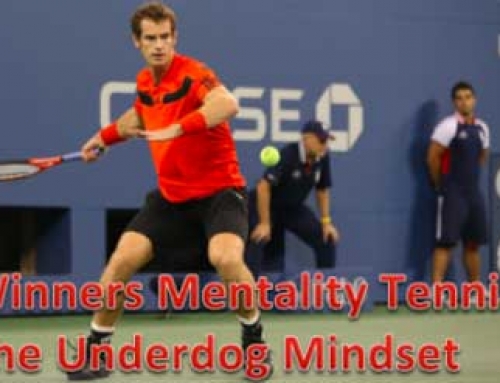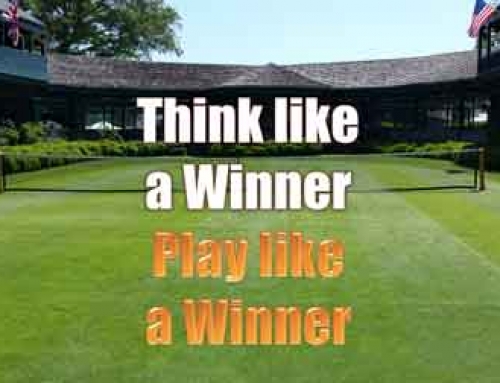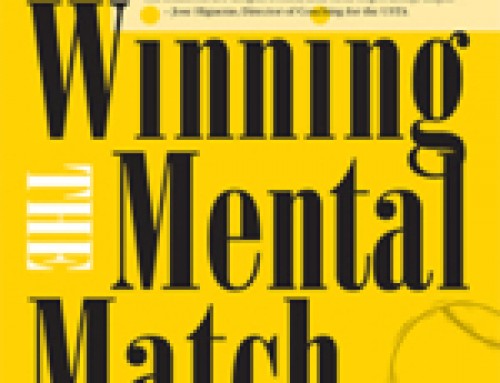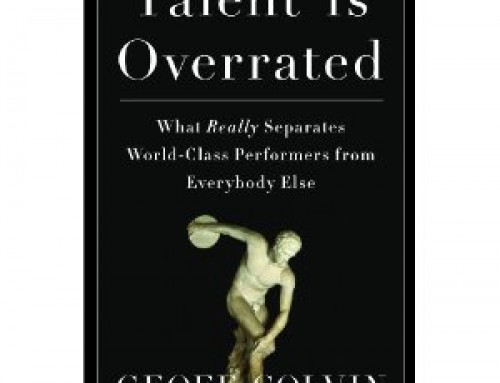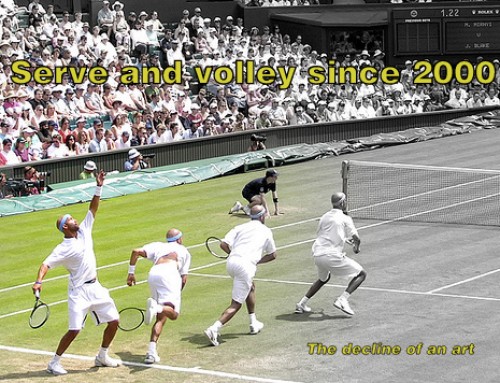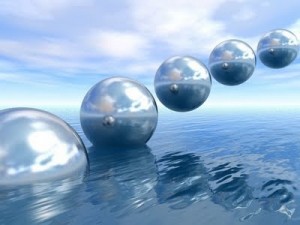 Our best theoretical physicists and mathematicians today have deduced with their experiments and equations that our Universe is far richer and more complex than ever imagined.
Our best theoretical physicists and mathematicians today have deduced with their experiments and equations that our Universe is far richer and more complex than ever imagined.
For example, physics pioneers such as Michio Kaku of City University of New York and Brian Greene of Columbia University, argue that our physical reality may actually consist of much more than our 3 simple dimensions of space, and time – but rather up to 11 dimensions of space and time.
Meanwhile, leading research physicists such as Max Tegmark of MIT and top astronomers such as Alex Filippenko of University of California at Berkley (and an avid tennis player), propose yet another mind-bending possibility.
They say that 21st century physics, together with massive data from space-based satellites such WMAP (Wilkinson Microwave Anisotropy Probe), now suggest that our vast universe is actually but one of many — a Multiverse of many different parallel universes in different dimensions, spaces and times.
Back to Earth.
In the world of tennis, consider how many levels or “worlds” are at play in a match. Beyond strokes, footwork, technique, mental nerves, match conditions and the score, what other “universes” might there exist to affect the ultimate outcome?
1. The Universe of Managing Unforced Errors
Most coaches agree that tennis at all levels, especially recreational tennis, is a battle of unforced errors. Whoever makes more unforced errors usually loses. Bill Tilden wrote: “Remember that in first-class tournament tennis, 70% of all points end in error, a net or out . . .” And of course, he warns that it’s even higher at lower tennis levels. Vic Braden adds his observation: Most rallies at all levels on average last no more than 2 to 3 strokes before someone makes an error. Thus, controlling errors is beyond critical.
Managing unforced errors first requires attention to what is happening and why. Most unforced errors happen because a player is simply not watching the ball intently and exclusively. Another reason for many unforced errors is, of course, poor stroke technique (hitting long or into the net) or bad footwork (swinging too close to or too far from the ball).
To manage unforced errors (which are simply unavoidable for everyone), coaches suggest that a player employ the mind set which the pros reportedly use: A mentality of rapid and fluid recovery from unforced errors, rather than trying to avoid unforced errors which is of course plainly impossible.
Go back to some basics to recover from an unforced error. Watch the ball, watch your spacing to the ball, watch your form. Return to hitting “the directionals” (meaning hitting the ball back in the direction from which it came to you.) Hit the ball cross-court more often, where there is “more” court and a “lower” net. Hit with more safety, meaning hit higher over the net, thus hitting the ball deeper. And above all, as Vic Braden implores all players, hit with topspin and less flat — with your racket head starting below the level of the ball, and moving low to high.
2. The Universe of “Getting on a Roll”
Tennis is a sport about rhythm and timing in swinging the racket at the ball. How many times have we seen a player “catch fire” in their stroke production or service motion and get into an almost unbreakable “groove” at a tournament? “Tennis is a psychological game”, wrote Vic Braden. And it is probably about which player can “get into a roll” faster and better than the other. Which player on this day can more quickly and consistently play his or her best tennis game?
Tennis players, more than nearly all athletes, it is said, are creatures of habit and routine — before, after and between points. Ever notice how meticulously Rafael Nadal always places his water bottles at chair side in the same exact way and engages in the very same routines on court? Getting into a “groove” mentally and physically probably helps enormously in re-creating a top player’s proven court domination in a new match. It is remarkable to see how any player’s confidence is suddenly boosted when he or she manages to hit a few winners in sequence. More often than not, many more winners will flow from that player in the course of that match.
3. The Universe of Imposing Your Will on Your Opponent
Tennis is very close to a boxing match. Each player’s shot to the opponent is like a boxer’s punch. Each exchange is really about who is pushing around whom. Each player is matching his strengths and weaknesses against the opponent’s strengths and weaknesses. Each player is looking to be continuously on-balance, hitting his best shots, and taking charge — and making his opponent look off-balance and be reaching and lunging for the ball.
Of course, each of us has a limited reserve of will-power, and a limited ability to withstand stress and pressure. No one can stay concentrated and focused indefinitely. Thus, each player is striving to outlast the opponent. And a tennis match’s outcome is about who outlasts the other in this way.
Bill Tilden put it this way: “When two players start a match, it is always a battle to see who will dominate the match, and who will be pushed around. One player or the other will ultimately impress his tennis personality on the other. The one who does will win, because by doing so he forces the recognition of impending defeat upon his opponent.
Timeless Tennis: A Blog
www.timelesstennis.net
Sources:
1. Parallel Worlds, Michio Kaku, Ph.D., (Anchor Books: New York, 2005)
2. The Elegant Universe, Brian Greene, Ph.D., (Norton: New York, 1999)
3. How to Play Better Tennis, Bill Tilden (Cornerstone Library Publications Reprint of 1950 Edition: New York, 1973)
4. Mental Tennis, Vic Braden, (Little, Brown: New York, 1993)



